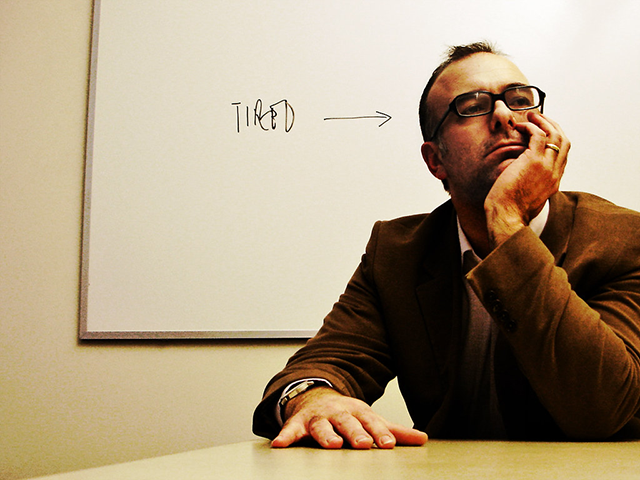The World Health Organization (WHO) announced this week that it plans to update its definition of burnout for the next edition of its International Classification of Diseases (ICD-11), which will come into effect in January 2022.
Currently, burnout is defined by WHO as a “state of vital exhaustion.” The new ICD-11 will describe burnout with more specificity — as a “syndrome … resulting from chronic workplace stress that has not been successfully managed.”
This change doesn’t mean WHO is listing burnout as a medical condition. Instead, the update calls it an occupational “phenomenon” and warns that the revised definition “should not be applied to describe experiences in other areas of life.”
In other words, stress caused by experiences or events that occur outside of the workplace (including unemployment) would not be identified as burnout.
WHO officials say burnout can be characterized by these three symptoms:
- Feelings of energy depletion or exhaustion,
- Increased mental distance from one’s job, or feelings of negativism or cynicism related to one’s job, or
- Reduced professional efficacy.
Health officials hope that WHO’s new definition of burnout will bring attention to the problem and make it easier for individuals to get help.
A widespread problem
Job burnout appears to be common in the U.S. In a 2018 Gallup Poll, one in four American workers reported feeling burned out “always” or “often,” and another 44 percent said they felt that way “sometimes.”
In addition to causing stress and fatigue, burnout raises the risk of various physical and psychological conditions, including insomnia, depression, gastrointestinal problems, high blood pressure, heart disease and type 2 diabetes.
As the Mayo Clinic notes on its website, burnout can be caused by a variety of factors, including:
- Lack of control. An inability to influence decisions that affect your job — such as your schedule, assignments or workload — could lead to job burnout. So could a lack of the resources you need to do your work.
- Unclear job expectations. If you’re unclear about the degree of authority you have or what your supervisor or others expect from you, you’re not likely to feel comfortable at work.
- Dysfunctional workplace dynamics. Perhaps you work with an office bully, or you feel undermined by colleagues or your boss micromanages your work. This can contribute to job stress.
- Extremes of activity. When a job is monotonous or chaotic, you need constant energy to remain focused — which can lead to fatigue and job burnout.
- Lack of social support. If you feel isolated at work and in your personal life, you might feel more stressed.
- Work-life imbalance. If your work takes up so much of your time and effort that you don’t have the energy to spend time with your family and friends, you might burn out quickly.
Reducing the stress
Mayo offers these tips to help individuals deal with burnout:
- Evaluate your options. Discuss specific concerns with your supervisor. Maybe you can work together to change expectations or reach compromises or solutions. Try to set goals for what must get done and what can wait.
- Seek support. Whether you reach out to co-workers, friends or loved ones, support and collaboration might help you cope. If you have access to an employee assistance program, take advantage of relevant services.
- Try a relaxing activity. Explore programs that can help with stress such as yoga, meditation or tai chi.
- Get some exercise. Regular physical activity can help you to better deal with stress. It can also take your mind off work.
- Get some sleep. Sleep restores well-being and helps protect your health.
- Mindfulness. Mindfulness is the act of focusing on your breath flow and being intensely aware of what you’re sensing and feeling at every moment, without interpretation or judgment. In a job setting, this practice involves facing situations with openness and patience, and without judgment.
Of course, individual workers are not going to be able to reduce the prevalence of burnout on their own. In the 2018 Gallup Poll, workers cited unfair treatment at work, unmanageable workloads, unreasonable deadlines and the requirement, whether spoken or unspoken, that they should be available for work during non-work hours as key contributors to their burnout.
Employers must make changes, too.
FMI: You’ll find more information about job burnout on the Mayo Clinic’s website.





